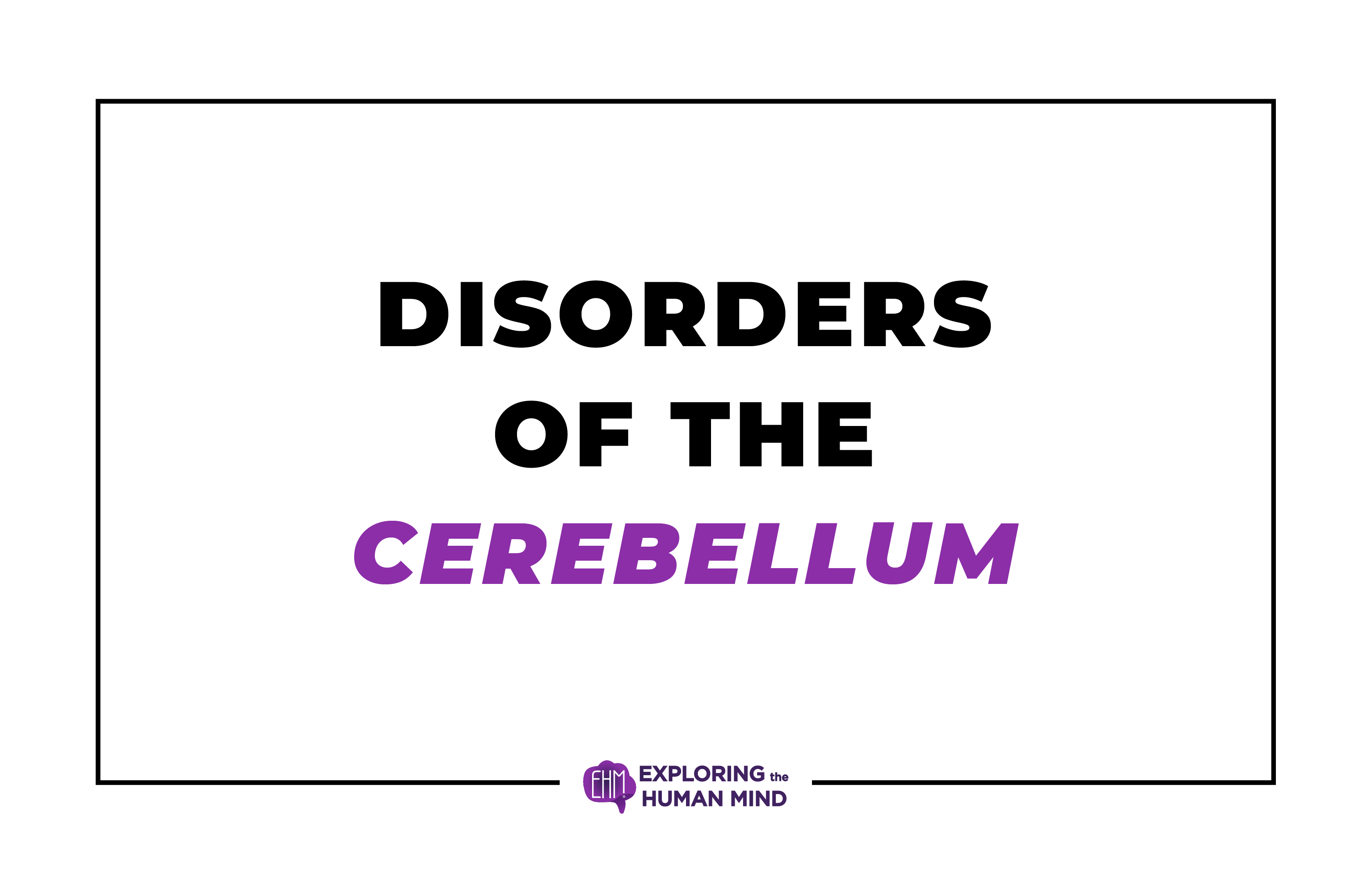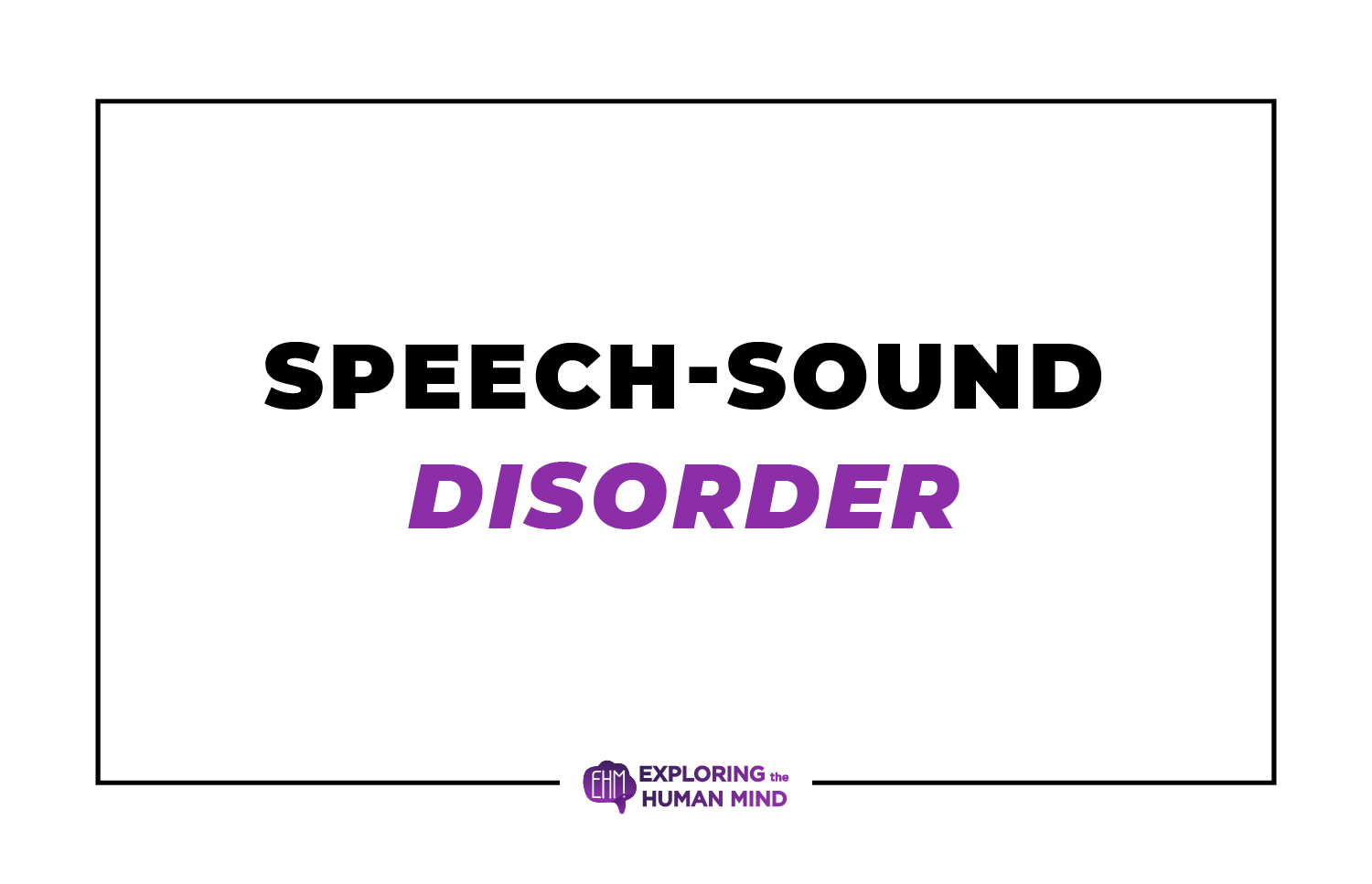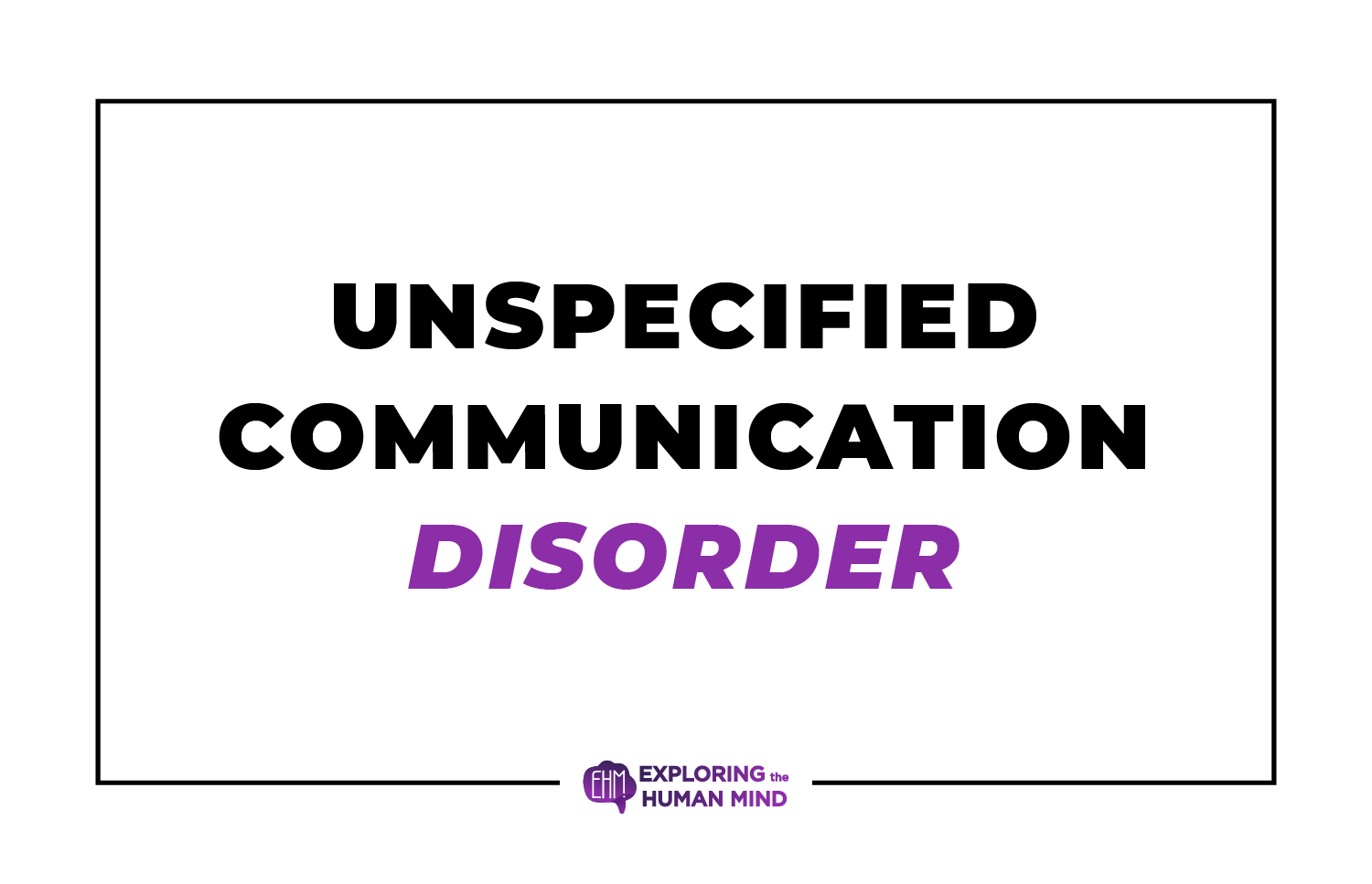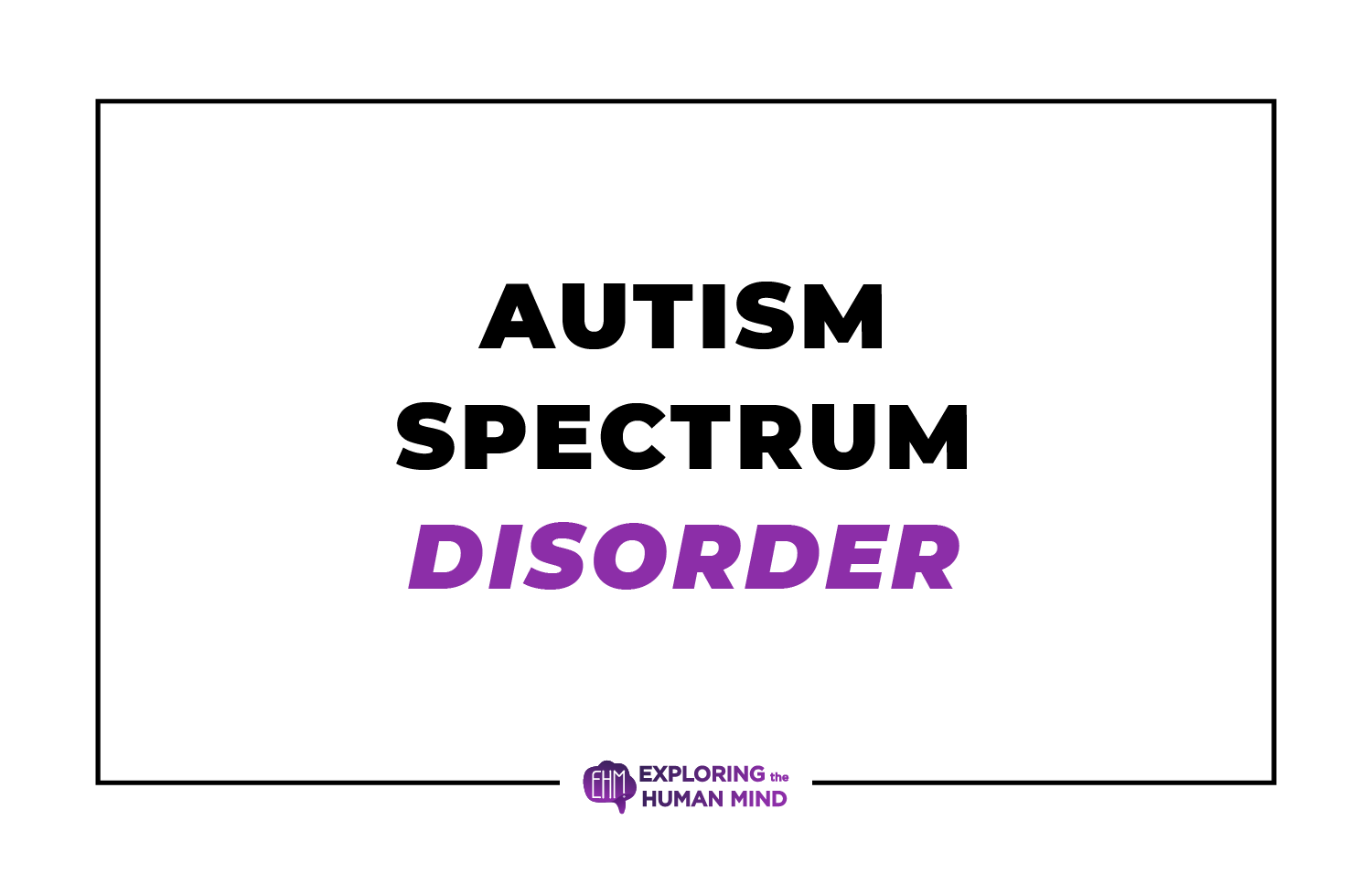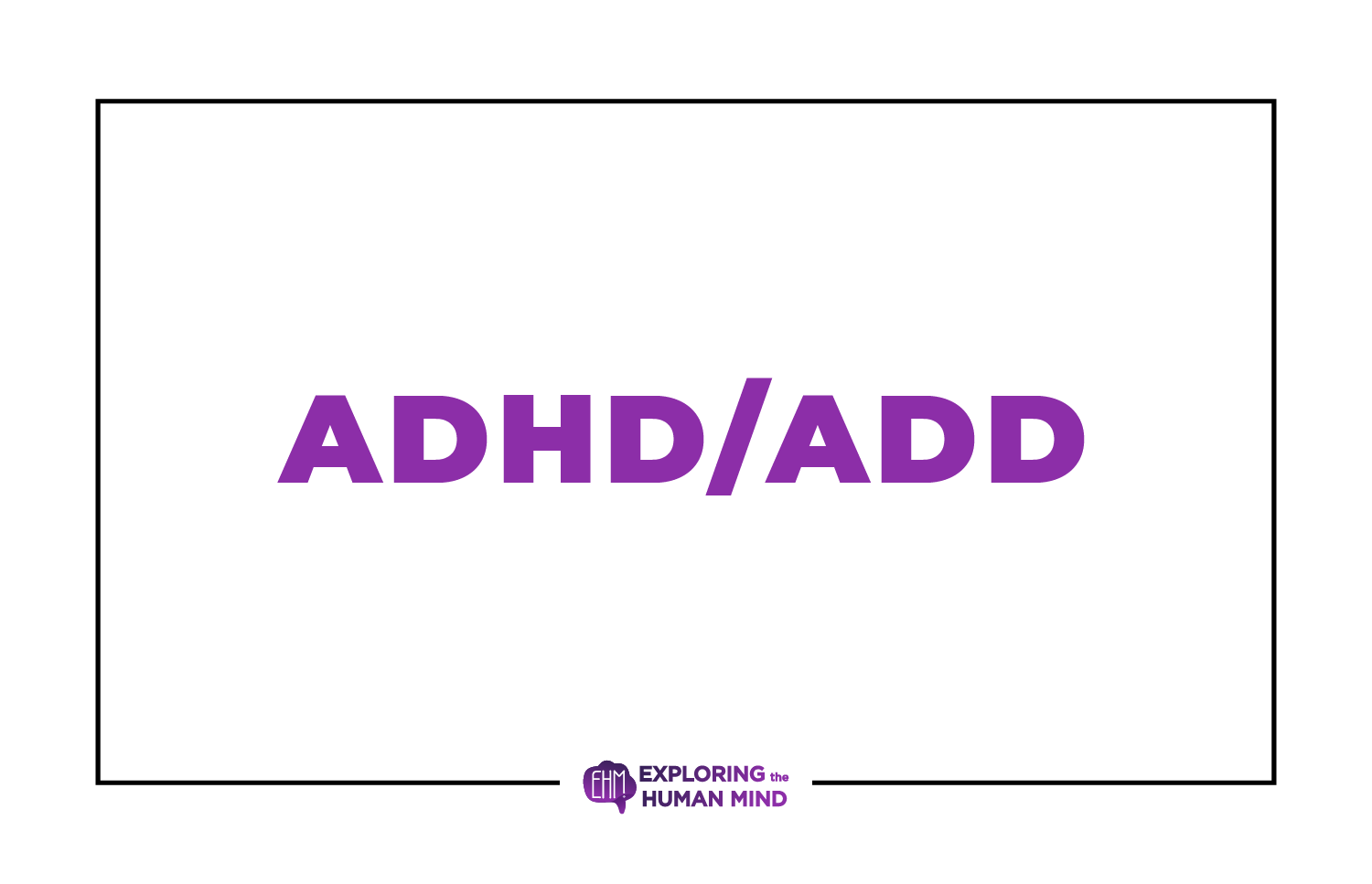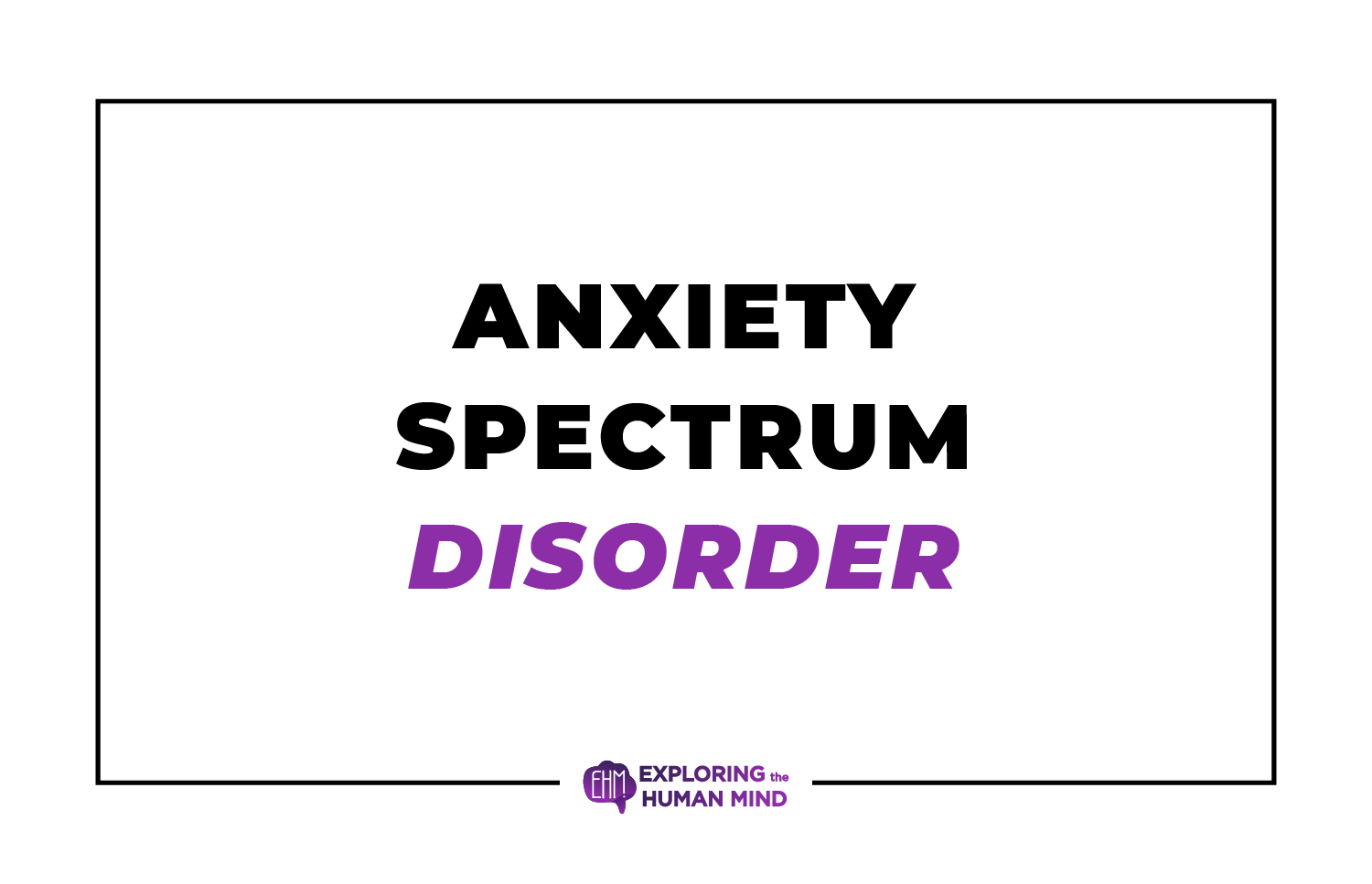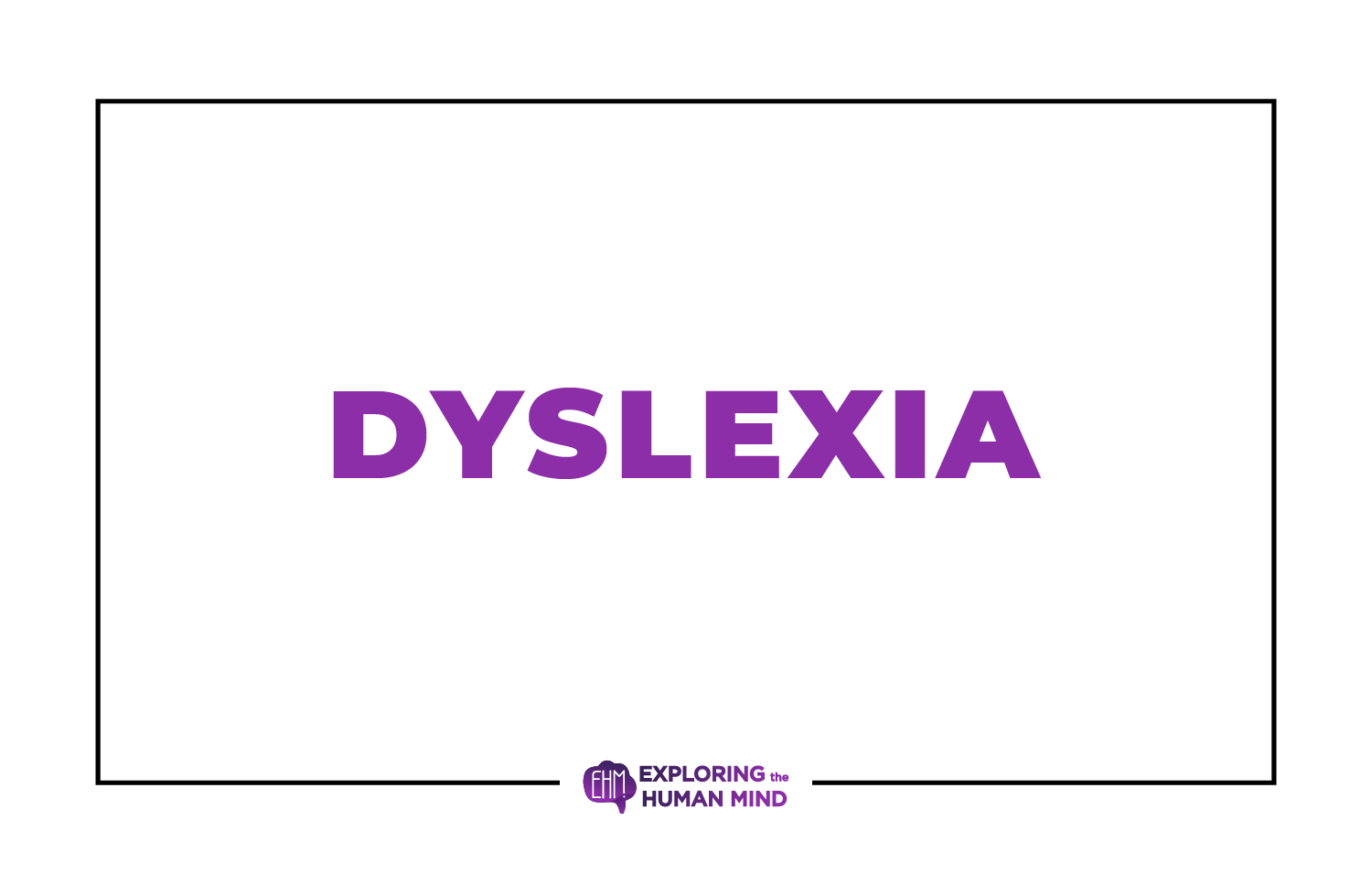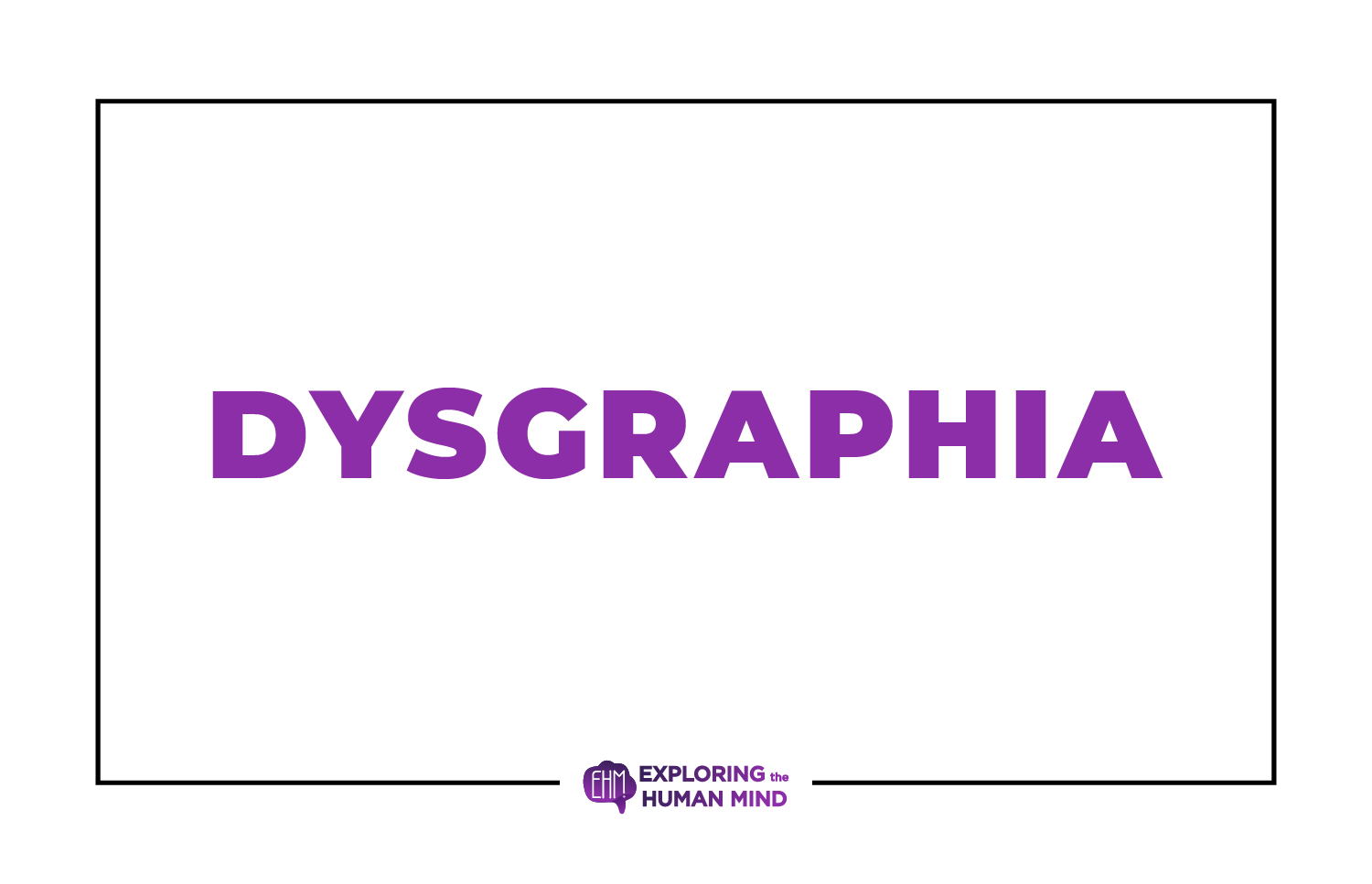Neuro Developmental Disorders Intro
Despite the fact that the term "neurodevelopmental disorders" has a long history, it was not included in prior editions of the ICD or the DSM. The term refers to a group of early-onset disorders that affect both cognitive and social communicative development, are multi-factorial in origin, have significant sex differences with males being more commonly affected than females, and have a chronic course with impairment lasting into adulthood. The term separates these diseases from other more prevalent childhood disorders, such as anxiety and mood disorders, which were assumed to be the result of some form of psychosocial stress and to have a more episodic history. Following extensive research, we divided these disorders into five major categories, each with its unique system: 1. Motor Disorders 2. Communication Disorders 3. Intelectual Developmental Disorders 4. Emotional and Behavioral Disorders 5. Specific Learning Disorder We st...







